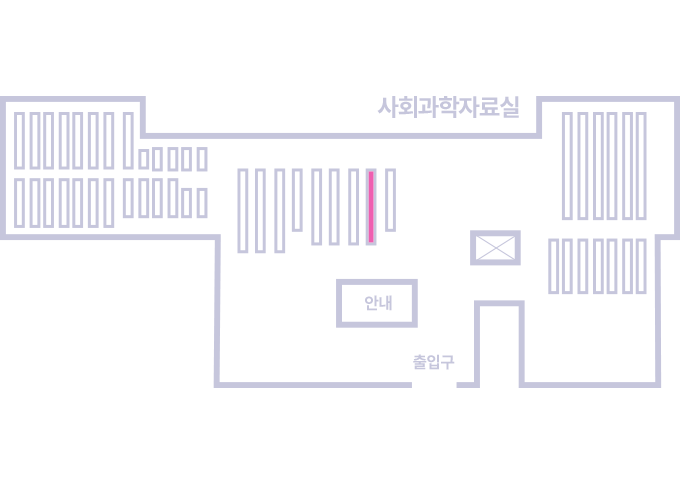권호기사보기
| 기사명 | 저자명 | 페이지 | 원문 | 기사목차 |
|---|
| 대표형(전거형, Authority) | 생물정보 | 이형(異形, Variant) | 소속 | 직위 | 직업 | 활동분야 | 주기 | 서지 | |
|---|---|---|---|---|---|---|---|---|---|
| 연구/단체명을 입력해주세요. | |||||||||
|
|
|
|
|
|
* 주제를 선택하시면 검색 상세로 이동합니다.
표제지
목차
Abstract 5
I. 서론 7
1. 연구 배경 및 목적 7
2. 선행 연구 9
2.1. 연구사 검토 9
2.2. 개별 연구 검토 12
3. 연구 방법 및 범위 19
II. 선어말어미 '-오/우-'의 문법적 기능과 의미 22
1. 인칭·주체-대상법 22
1.1. 형태소의 분포 22
1.2. 형태소의 분석 23
1.3. '-오/우-'의 통사론적 기능 24
1.3.1. 인칭법 24
1.3.2. 주체-대상법 27
2. 의도법 30
2.1. 형태소의 분석 31
2.2. '-오/우-'의 의미론적 기능 31
3. 성과와 한계 34
3.1. 인칭·주체-대상법에 관한 반론 35
3.2. 의도법에 관한 반론 36
3.3. 구체적인 반론의 논증들 36
3.3.1. 인칭·주체-대상법에서의 논증 36
3.3.2. 의도법에서의 논증 41
3.3.3. 반론의 수용 44
III. 선행 연구의 예외에 관한 연구 46
1. 명사구 내포문설 46
1.1. 명사구 내포문 표지 46
1.2. 명사구 내포문설에 관한 문제 제기 47
1.3. 소멸의 이유 51
2. 보어(필수적 부사어)설 52
2.1. 보어(필수적 부사어) 53
2.2. 보어설에 대한 문제 제기 55
3. 언어 사용자 관점에서 본 '-오/우-' 56
3.1. '시점의 전이'의 불완전성 56
3.2. 인칭법에서 '-오/우-' 소멸의 이유 57
3.3. 관형절에 나타나는 중의성 해소 58
3.4. 관형절에서 '-오/우-' 소멸의 이유 61
3.5. 문제 제기 62
4. 성과와 한계 64
IV. 선어말어미 '-오/우-'의 역사적 변천과 소멸 65
1. 고대국어와 전기 중세국어에 나타나는 선어말어미 '-오/우-' 65
2. 후기 중세국어에서의 선어말어미 '-오/우-'의 소멸 66
3. 성과와 한계 68
V. 결론 69
참고문헌 71
The thesis is for studying prefinal ending '-o/u-', and examining the results and limitations.
Despite previous studies over prefinal ending '-o/u-' have made considerable achievement in quality and quantity, the amount makes understanding of '-o/u-' more difficult. The reason is that regularity of prefinal ending '-o/u-' was shown only in the 15th century in part, but it is caused as the difference between 인칭·주체-대상법 of 허웅 and 의도법 of 이승녕 in scope set up and research way of same morpheme, follow-up studies based on the two premises suggest different opinions for prefinal ending '-o/u-'. With this, the problems examined in dispute over 인칭·주체-대상법 and 의도법 are repeatedly suggested, bringing more complexity. So, study over prefinal ending '-o/u-' requires searching of follow-up studies well reflecting result of previous studies.
So far, studies over prefinal ending '-o/u-' show '-o/u-' appeared in connection·termination and '-o/u-' in adnominal form were diachronically one morpheme, but they are different morphemes cannot be explained with one principle in the late-middle Korean. Second, '-o/u-' appeared in connection·termination is morpheme introduced when 'narrator is subject', but it breaks regulation of person from incompletion of 'time shift' in quotation. Third, many studies agree with '-o/u-' appeared in adnominal form does not turn up when passive determiner is subject of deep structure, but appears when it is object of deep structure. Also, with diachronic studies, '-o/u-' combined with noun and adnominal ending was used in first, dissipated in the 16th century, and connection·termination '-o/u-' went out of existence in the 17th century.
But recent studies conducted by 전정례(2010) and 임홍빈(2011) argue 'scope of same morpheme' must be established again as a research assignment of prefinal ending '-o/u-' and ensuing new morpheme analysis is required. This argument is for considering connection, termination, noun, and adnominal '-o/u- as one morpheme, reminding repetition of consumptive disputes occurred between 인칭·주체-대상법 and 의도법.
So, for the question of "is prefinal ending '-o/u-' one morpheme?", agreement that "prefinal ending '-o/u-' in the late-middle Korean has different grammatical function" is required at the very least. If it is possible to apply result of diachronic study and synchronic study to the agreement, people wanting to understand the grammatical function and meaning of prefinal ending '-o/u-' would have easier access to the medieval literature.*표시는 필수 입력사항입니다.
| 전화번호 |
|---|
| 기사명 | 저자명 | 페이지 | 원문 | 기사목차 |
|---|
| 번호 | 발행일자 | 권호명 | 제본정보 | 자료실 | 원문 | 신청 페이지 |
|---|
도서위치안내: / 서가번호:

우편복사 목록담기를 완료하였습니다.
*표시는 필수 입력사항입니다.
저장 되었습니다.